Saigon’s Zoo and Botanical Gardens dates back to the 1860s and the early years of French colonial rule. It was created to showcase the rich array of flora and fauna found in the newly established colony, and the region. You’ll see a bust of the founder, Louis Pierre, as you arrive.
Today, the complex is the largest green space in downtown Saigon and a good spot to get away from the bustle of the city.
It would be a much better public space if the zoo was closed and the entire lot was devoted to gardens. The living conditions of the animals are miserable. And the city needs every inch of green space it can get.
There are plans to relocate the zoo.
On arrival at the zoo’s large iron gates, you’ll spot two important 1920s Saigon landmarks.
To the left is the National History Museum - Saigon’s most important history museum. It showcases artefacts from thousands of years of Vietnamese history and is built in the Indochinese architectural style, fusing French and Asiatic influences.
Directly opposite is the Hung King temple. The temple architecture looks Vietnamese, but was designed by French architect, Auguste Delaval, who also designed the museum.
Originally built to remember little known Vietnamese lives lost in WWI, as well as great figures in Vietnamese history, after the Vietnam War in 1975, the temple’s mission was scaled back to remember only the uncontroversial Hung Kings. The end of the war marked a rewriting of the list of national historical figures deserving of remembrance.
The gardens are one of the few places in downtown Saigon where it’s possible to escape the traffic and motorcycle fumes. The lanes are shaded by beautiful trees and it’s relatively serene - except on weekends and holidays when things get busy. The gardens are best visited in the early morning or late afternoon.
Travel tips
Walk to the zoo along Le Duan St from the Reunification Palace. For Saigon, this is a walk-friendly strip and passes the Notre Dame Cathedral, former US Embassy and other historic buildings.
Travel guides
- Australia
- Cambodia
- Laos
- Vietnam
Australia Travel guides
Cambodia Travel guides
Laos Travel guides
Vietnam Travel guides
-
Vietnam Map
-
Vietnam
Introduction -
Ba Be Lake
-
Mekong - Ben Tre
-
Cao Bang
-
Mekong - Can Tho
-
Cat Ba Island
-
Mekong - Ha Tien
-
Con Dao Islands
-
Mekong - My Tho
-
Dalat
-
Mekong - Tra Vinh
-
Danang
-
Mekong - Vinh Long
-
Dien Bien Phu
-
Mekong Chau Doc
-
DMZ
-
Mui Ne
-
Ha Giang
-
Nha Trang
-
Haiphong
-
Ninh Binh
-
Halong Bay
-
Phong Nha
-
Hanoi
-
Phu Quoc Island
-
Ho Chi Minh City
-
Pu Luong
-
Hoi An
-
Quy Nhon
-
Hue
-
Sapa
-
Kon Tum
-
Vung Tau
-
Mai Chau
-
Yen Bai

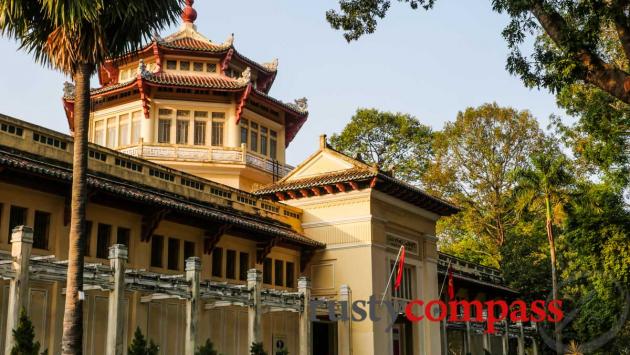
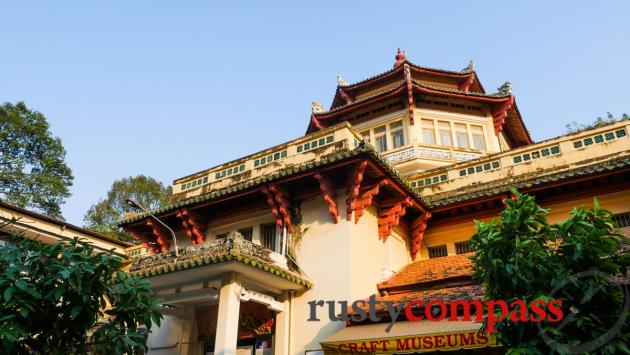
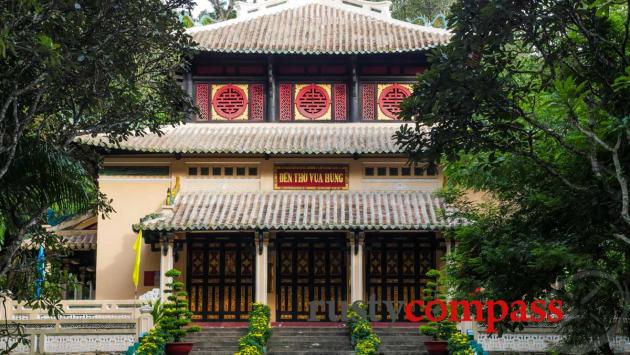
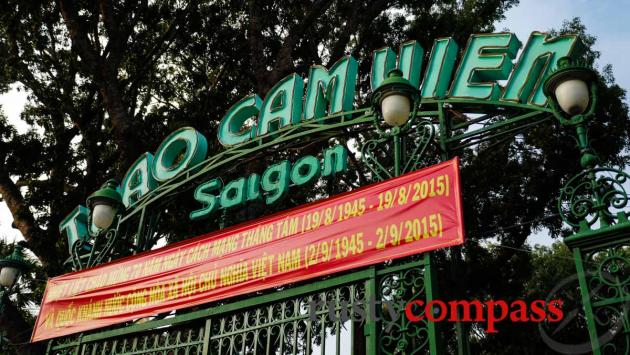
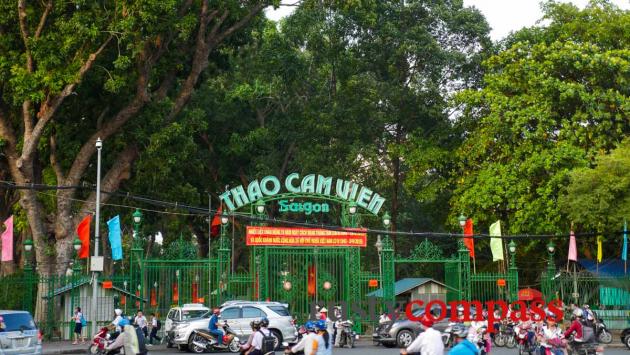
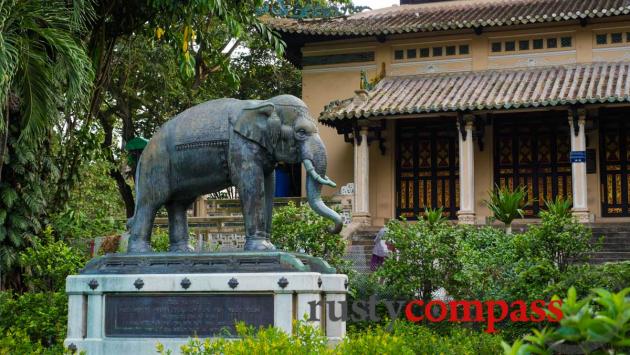
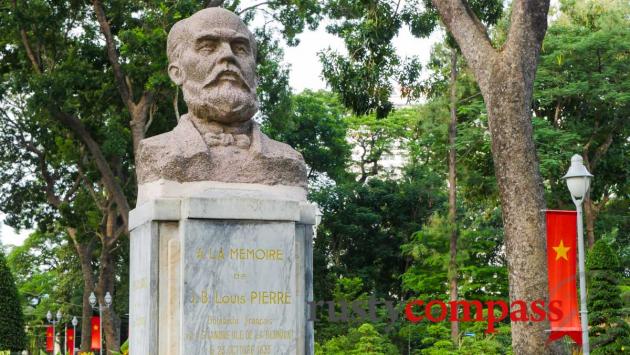
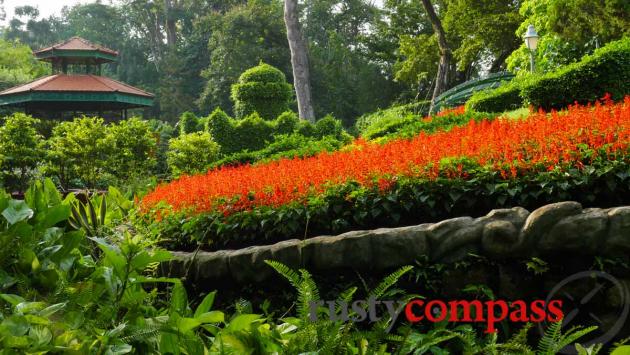
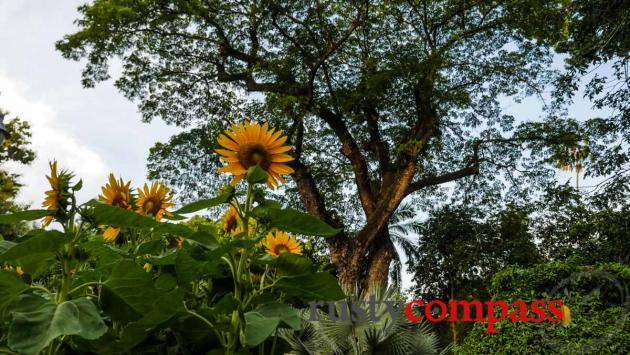
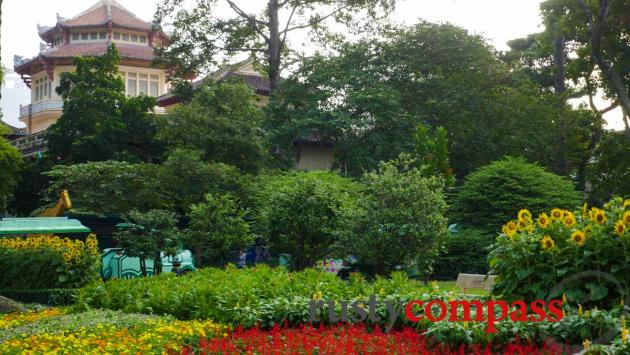
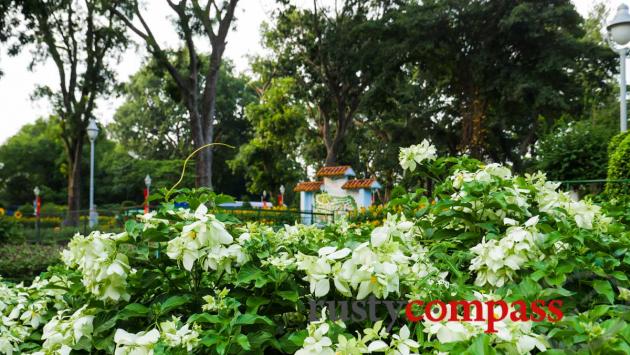
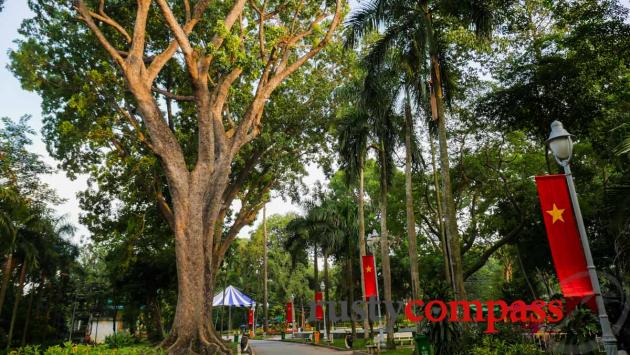
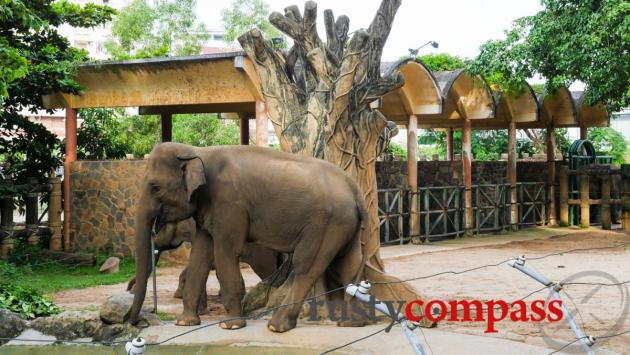








There are no comments yet.